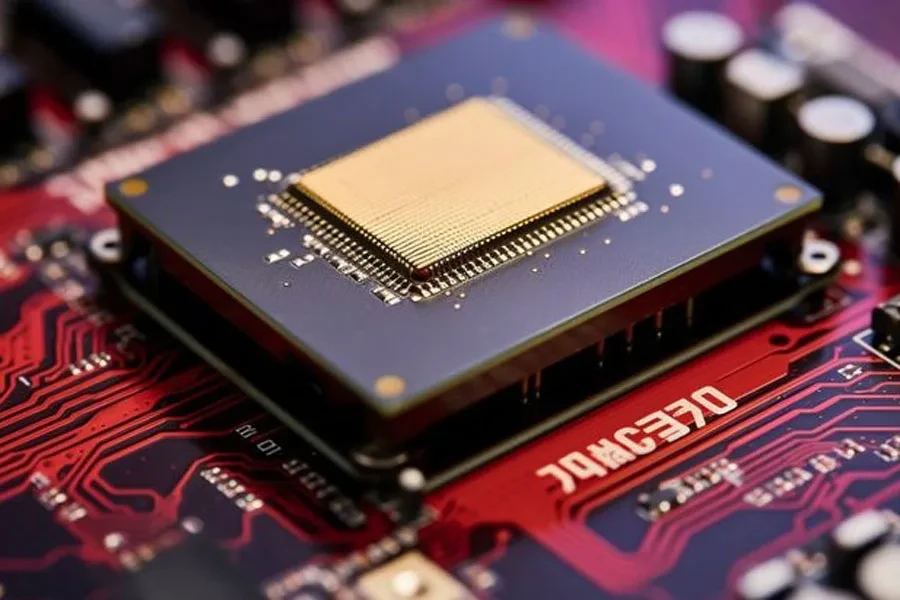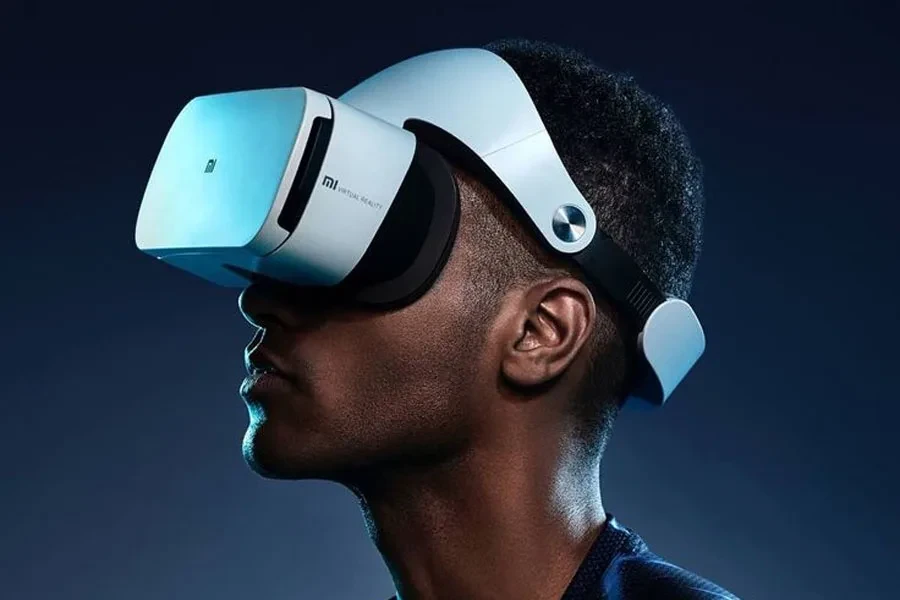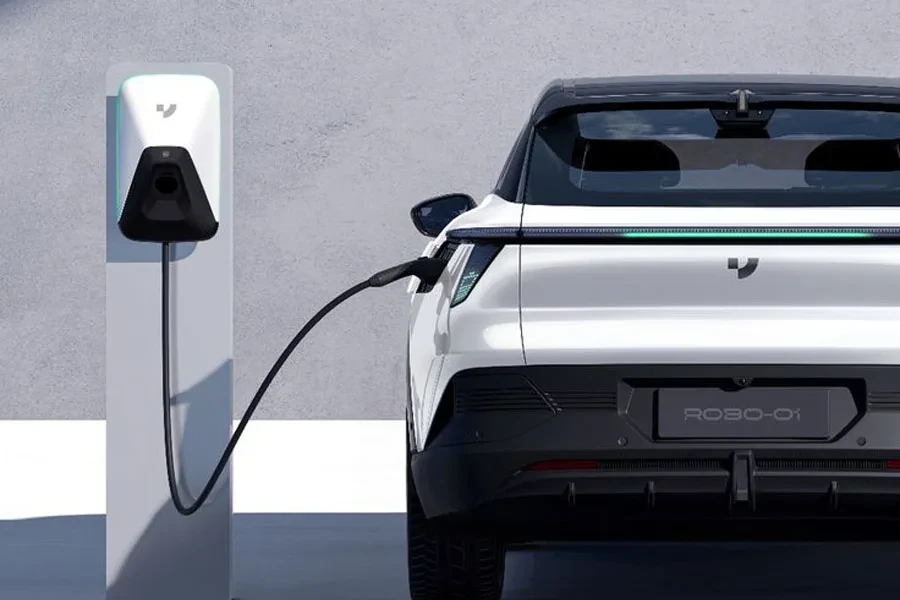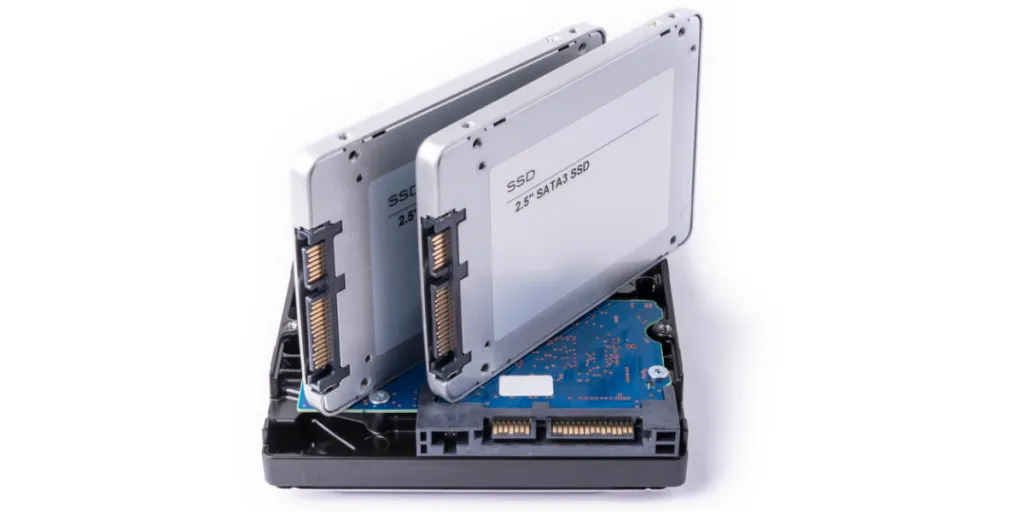As we head into 2024, the consumer tech industry faces both challenges and exciting opportunities. From the rapid growth of artificial intelligence to the urgent need for sustainable solutions, brands must adapt to stay competitive and meet evolving consumer demands. In this article, we’ll dive into the five key areas that should be top priorities for consumer tech companies in the coming year. By focusing on these trends, brands can drive innovation, enhance user experiences, and contribute to a more sustainable future.
Table of Contents
1. AI investment ramps up
2. AI demand drives chip advancement
3. Beyond screen-based interfaces
4. EV and charging innovations
5. Mass market circularity
1. AI investment ramps up

As nations vie to establish themselves as AI leaders, we’re seeing a surge in both government and private sector investment. China’s AI investment is projected to reach $38.4 billion by 2027, while the US expects $68.14 billion in private AI investment in 2024 alone. Europe is also stepping up, with the European Commission pledging €1 billion per year over the next decade and aiming to mobilize an additional €20 billion from the private sector.
However, as AI continues to advance rapidly, it’s crucial that progress doesn’t come at the expense of safety and ethics. Upcoming legislation like the EU’s AI Act, the US AI Bill of Rights, and Chinese regulations aim to ensure responsible development by prioritizing transparency, data protection, and accountability.
2. AI demand drives chip advancement

The rising demand for AI capabilities has made specialized chips a hot commodity in the tech world. GPUs, originally designed for computer graphics, have proven to be excellent at handling the complex calculations required by AI systems. Nations and companies are racing to secure these powerful chips, with some paying top dollar to gain a competitive edge.
Leading the pack are companies like NVIDIA, Intel, and Qualcomm, each pushing the boundaries of chip performance. NVIDIA’s H100 chip, selling for $40,000, and its upcoming GH200 successor are setting new standards. Meanwhile, researchers in China have developed a chip that can perform AI tasks 3,000 times faster than NVIDIA’s A100.
As AI workloads continue to grow, chipmakers are also focusing on the consumer market, with Intel, AMD, and NVIDIA driving the development of AI-powered PCs. These “AI PCs” have the potential to revolutionize personal computing and breathe new life into the industry.
3. Beyond screen-based interfaces

As concerns about screen time and the desire for more intuitive interactions grow, the tech industry is moving beyond traditional screen-based interfaces. Zero UI, which enables screenless interactions through gestures, voice, and facial recognition, allows technology to blend more seamlessly into our lives.
The launch of Apple’s Vision Pro in 2024 is set to push the boundaries of spatial interfaces, providing a canvas for layered realities. Meanwhile, Humane’s AI Pin is ushering in the next generation of voice interfaces. These advancements not only enhance user experiences but also improve accessibility for those with varying abilities.
To fully realize the potential of screenless interfaces, designers must find ways to embed powerful chips into wearable devices, enabling them to handle the demands of computer vision and AI.
4. EV and charging innovations

As the electric vehicle (EV) market continues to grow, the industry must focus on making batteries more sustainable and energy-efficient while expanding charging infrastructure. The building of more charging and battery-swapping stations will help address current challenges, with China alone expected to have around 14 million EV charging stations by 2030.
Innovations in battery technology, such as solid-state batteries and range-extending solar roofs, are making EVs more practical and accessible. Toyota’s partnership with Idemitsu Kosan is producing “forever batteries” that could allow vehicles to travel thousands of miles without stopping.
Battery recycling is another critical area, with the sector projected to grow to $95 billion annually by 2040. Regulatory pressure and the valuable components within EV batteries are driving the development of more efficient recycling systems. Managing the supply of key materials like lithium will also be crucial, with several countries making significant discoveries and establishing themselves as major players in battery production.
5. Mass market circularity

As the climate crisis intensifies, adopting circular approaches will be essential for protecting the planet. More than half of large businesses have already committed to circularity, but there’s still work to be done to make sustainable practices more accessible and affordable.
Brands should follow the lead of companies like Bang & Olufsen, whose Beosound Level speaker is the first in the industry to receive Cradle to Cradle certification, adhering to strict environmental and social standards throughout its lifecycle. Modular design, as seen in Gomi’s recycled plastic tech products, makes devices easier to disassemble, repair, and recycle.
Larger brands can learn from the sustainability initiatives championed by grassroots and small-scale organizations. Resource sharing, open-source projects, and collaborative efforts will help ensure that as many people as possible can benefit from sustainable solutions. By focusing on resource efficiency and waste reduction, the tech industry can contribute to a regenerative system that renews and revitalizes the planet.
Conclusion
As the consumer tech industry navigates the challenges and opportunities of 2024, brands that prioritize AI advancement, sustainable solutions, and innovative interfaces will be well-positioned for success. By investing in ethical AI development, pushing the boundaries of chip performance, exploring new forms of interaction, and adopting circular design principles, companies can create products that enhance user experiences, improve quality of life, and contribute to a more resilient and regenerative future. As consumers and retailers, staying informed about these trends and supporting brands that prioritize innovation and sustainability can help drive positive change in the industry.








